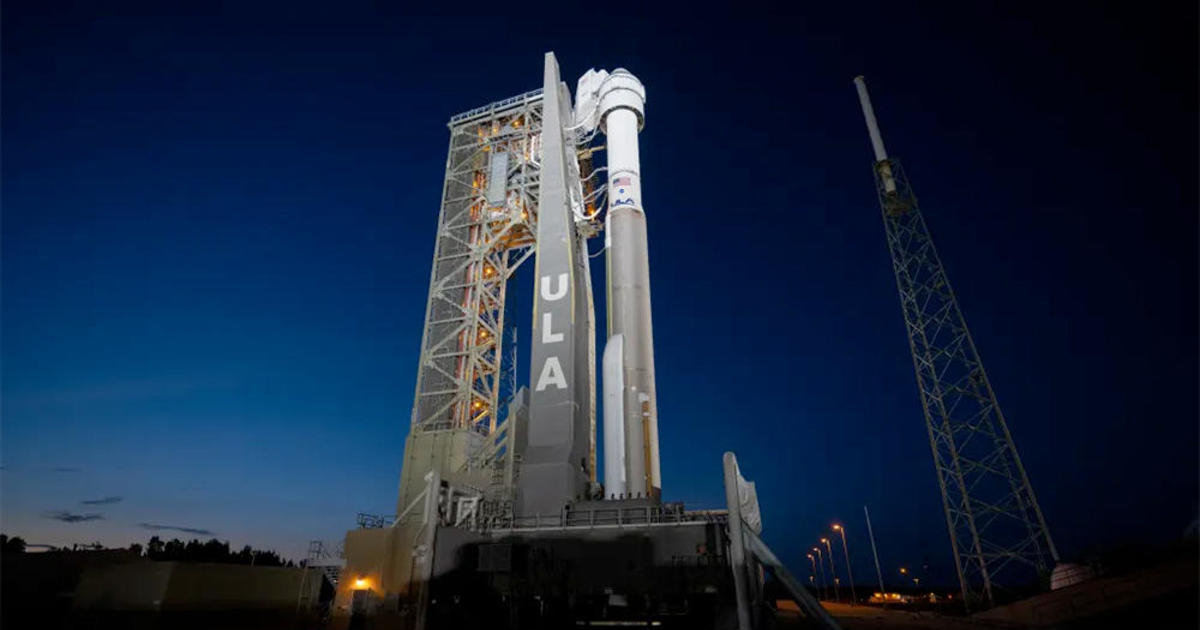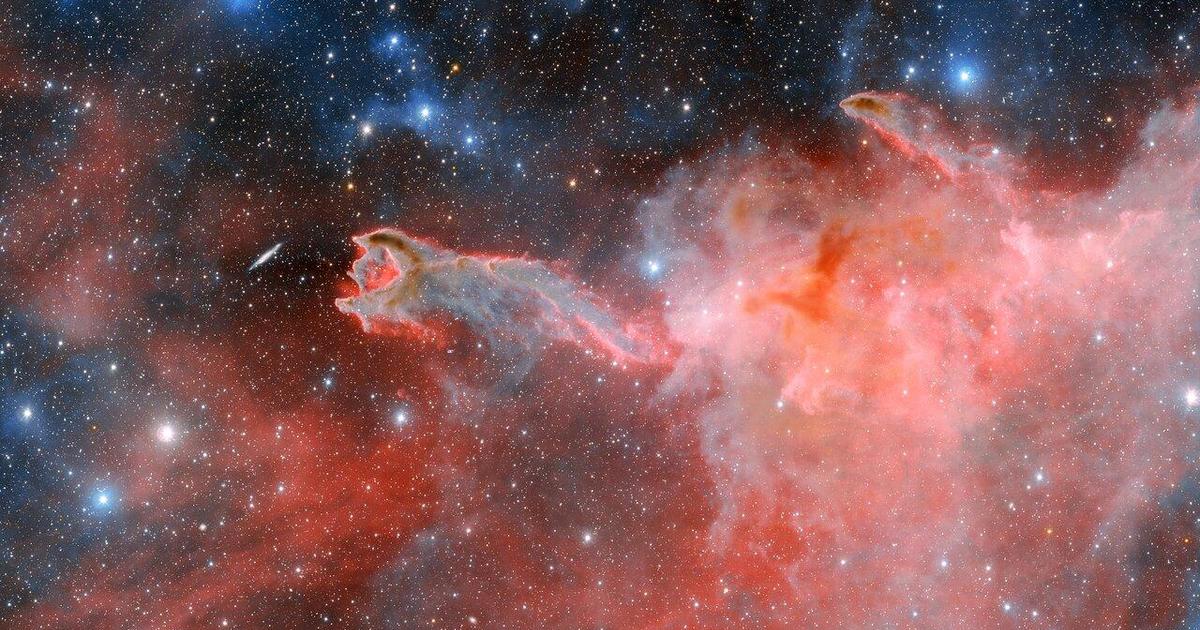Blue Origin launches New Shepard rocket with NASA payloads
Blue Origin successfully launched — and landed — its New Shepard rocket and capsule Thursday, the 11th flight of the reusable sub-orbital launch system company-founder Jeff Bezos is testing before beginning commercial launches of private citizens, researchers and science payloads on brief forays into the lower reaches of space.
Perched on its launch pad at the company's remote west-Texas flight test facility, the New Shepard's powerful hydrogen-fueled BE-3 main engine ignited at 9:32 a.m. EDT, throttled up to full thrust and quickly boosted the stubby rocket into a clear morning sky atop a brilliant jet of flaming exhaust.
Smoothly accelerating as it consumed propellants and lost weight, the rocket shot away through the dense lower atmosphere and rapidly dwindled to a speck in the clear blue sky. The engine shut down as planned and the New Shepard capsule atop the rocket then was released to continue coasting upward on its own. It reached a maximum altitude of 346,406 feet — 65.5 miles — before arcing over to beginning the long fall back to Earth.
At the top of its trajectory, the capsule and the 38 microgravity payloads it carried, many provided by NASA, experienced about four to five minutes of weightlessness. Equipped with huge windows for the paying customers it will one day carry, the capsule fell back into the thick lower atmosphere, deployed three huge parachutes and settled to a low-speed touchdown near the Blue Origin launch pad.
The New Shepard booster beat it back to Earth, making a rocket-powered tail-first landing on a nearby concrete pad.
It was the 11th flight of the New Shepard rocket system overall since Blue Origin's initial test flight in April 2015, and the fifth flight in a row for the booster and capsule launched Thursday. The first booster launch suffered a crash landing, but every rocket since then has chalked up a successful flight with all capsules safely recovered.
Bezos, the founder and CEO of Amazon, founded Blue Origin to develop sub-orbital and larger orbit-class boosters and spacecraft. The New Shepard capsule is designed to carry a half-dozen space tourists, researchers and/or experiments out of the discernible atmosphere for brief visits to the lower fringes of space.
NASA, the Federal Aviation Administration and the U.S. Air Force consider 50 miles the lower "boundary" of space while the Fédération Aéronautique Internationale, an international governing body for aviation-related sports and records, considers 100 kilometers, or 62 miles, to mark the point where the discernible atmosphere gives way to space.
Virgin Galactic, which is testing a sub-orbital rocket-plane for space tourism flights, has launched two flights carrying four pilots and a flight engineer to altitudes above 50 miles and plans to begin launching private citizens later this year, including Virgin founder Richard Branson.
Blue Origin plans to begin launching citizen astronauts later this year as well, but no target launch dates have been announced. It's also not known whether Bezos, the richest man on Earth, will take take a ride on his own rocket to become the richest man in space. But whenever the first space tourists fly, they'll enjoy a remarkable view.
Strapped into reclining seats at launch, New Shepard passengers will be able to unstrap and briefly float about the cabin near the top of the trajectory when they will experience a few minutes of weightlessness and enjoy panoramic views from the largest windows ever built for a spacecraft.
As the capsule free falls back into the lower atmosphere, the passengers will experience about four to five times the normal pull of gravity during the initial stages of the plunge back to Earth.
For safety, the New Shepard capsule is equipped with "full envelope" abort capability, meaning its built-in escape thrusters can quickly push the capsule away from a malfunctioning booster during all phases of flight. That system has been successfully tested twice, once at ground level and, last July, at high altitude.
Along with the suborbital New Shepard rockets and spacecraft, Blue Origin also is developing a powerful new engine, the BE-4, to help boost satellites into orbit using much larger New Glenn rockets. The engines also will be used by United Launch Alliance's upcoming Vulcan rocket, intended to replace workhorse Atlas and Delta boosters.
Blue Origin has built a huge rocket factory just outside the Kennedy Space Center in Florida to manufacture New Glenn boosters and is developing a launch pad at the nearby Cape Canaveral Air Force Station. The New Glenn will compete with ULA's Vulcan and with SpaceX's Falcon family of rockets.





